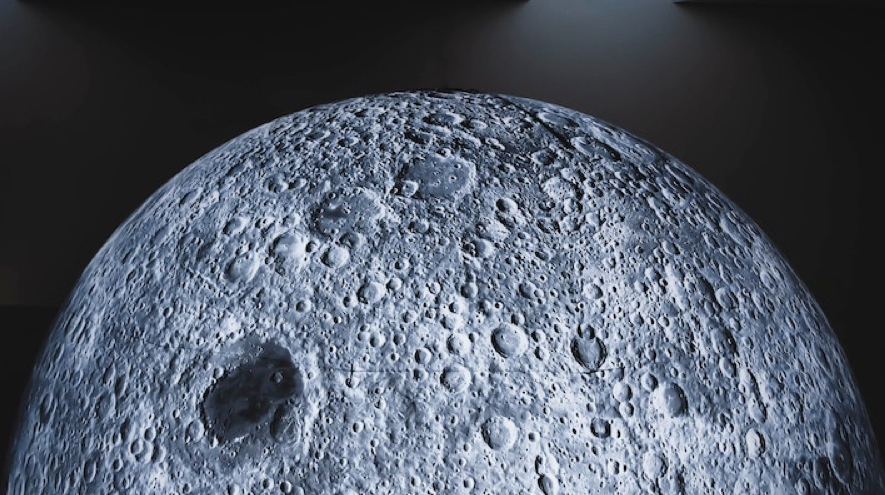
ESA Open Invitation to Tender: 1-10607
Open Date: 15/03/2021 00:00 CET
Closing Date: 07/06/2021 13:00 CEST
Objective: This study shall investigate and define the system and sub-system performance requirements for the next generation optical inter-satellite links (OISL) and optical space-to-ground links (OSGL) for different link scenarios (e.g., GEO-GEO, GEO-LEO, GEO-ground) which will also be of relevance to HydRON, and it shall establish a development roadmap of the critical enabling technologiesfor future high throughput optical satellite systems. Critical performances, functionalities and optical design options shall be verified by means of a laboratory breadboard(s). Targeted Improvements: The results of this assessment (and of the test results of thelaboratory breadboard(s)) will be also used to support the HydRON system architecture definition and trade-offs, the baseline selection for the HydRON OISL and OSGL, and the performance specification at lower level(s) (e.g., equipment, sub-unit, component, coating). Description: The activity will include the following tasks:- Investigate end-to-end communications system architectures for next generation optical inter-satellite links (OISLs) and optical space-to-ground links (OSGL) to establish the system requirements.- Perform a preliminary design of the optical terminals for next generation OISLs and OSGL, targeting user data rates from 10 Gbit/sec up to Tbit/sec and operating in different link scenarios (e.g., GEO-GEO, GEO-LEO, LEO-LEO, GEO-ground, LEO-ground).- Identify critical subunits of the optical terminals for next generation OISLs and OSGL, define the associated performance requirements, identify technology gaps and establish a technology development roadmap.- Development of a laboratory breadboard(s) representative of thekeydesign drivers of the various optical terminals.- Performance evaluation of the laboratory breadboard(s) to verify the technical feasibility (e.g., data rate, SNR, BER, sensitivity, mass / power consumption improvements, etc.).In order to evaluate the technicalfeasibility of the various types of optical terminals (also relevant to HydRON), demonstrate / consolidate the associated key performances, and support the optical design trade-offs, a validation by test using a laboratory breadboard(s) is required. The veryearlydemonstration of the key optical technologies and design drivers for next generation OISL and OSGL is required to consolidatethe envisaged HydRON end-to-end system architecture using OISL and OSGL in various orbits, and to mitigate the risk during the implementation phase of the various type of optical terminals . As a matter of example, OISLs are typically implemented between LEO and GEOsatellites, while the feeder link between the GEO satellite and the ground segment uses RF bands (e.g., Ka-band). Such communications system architecture entails regeneration and digital processing on board the GEO payload to convert the digital optical signalinto a digitally modulated RF carrier. The alternative of an OSGL (i.e., optical feeder link between a GEO satellite and an opticalground station) would open the possibility for a transparent optical payload (i.e., all-optical GEO payload) without the need of on-board optical / electrical conversion nor on-board electrical demodulation / modulation. In combination with on-board transparent optical switching, it could enable the implementation of a truly transparent Optical Transport Network in space.
Estabilishment: ESTEC
ECOS Required: No
Classified: No
Price Range: 200-500 KEURO
Contracts Officer: Nicole Rinaudo
Initiating Service: TIA-TIS
IP Measure: N/A
Prog. Reference: E/0534-05A – OP-Other Act. Prod.
Tender Type: Open Competition
Open To Tenderers From: AT+BE+CA+CH+CZ+DE+DK+EL+ES+FR+GB+HU+IE+IT+LU+NL+NO+PL+PT+RO+SE
Technology Keywords: 16-C-VI-Optical Communications
Products Keywords: 2-G-1-a-Optical terminals
If you wish to access the documents related to the Invitation to Tender, you have to log in to the ESA Portal.
